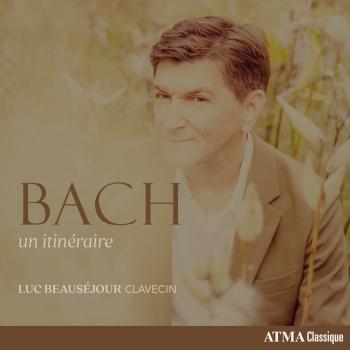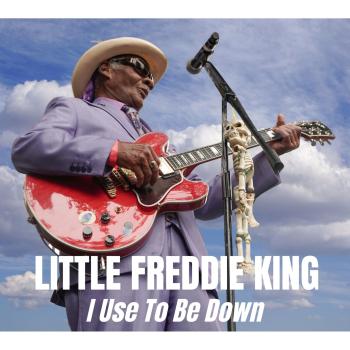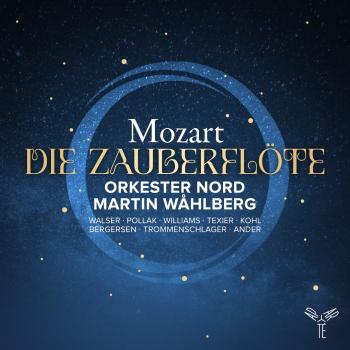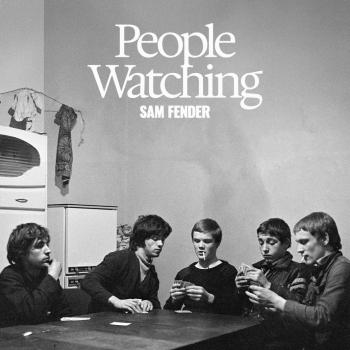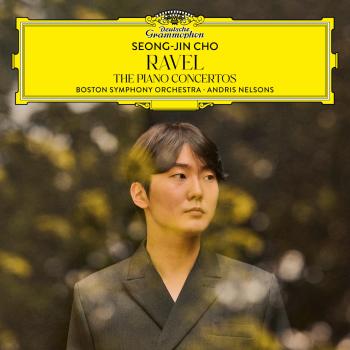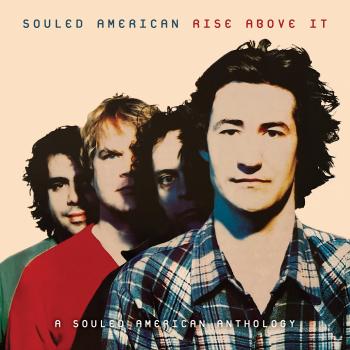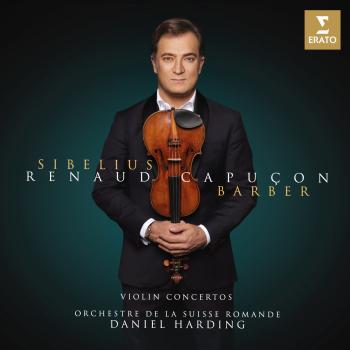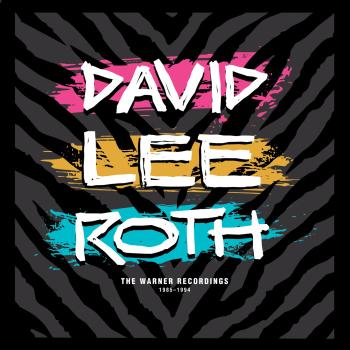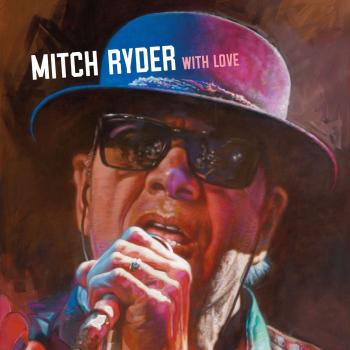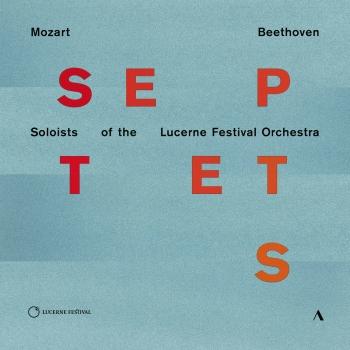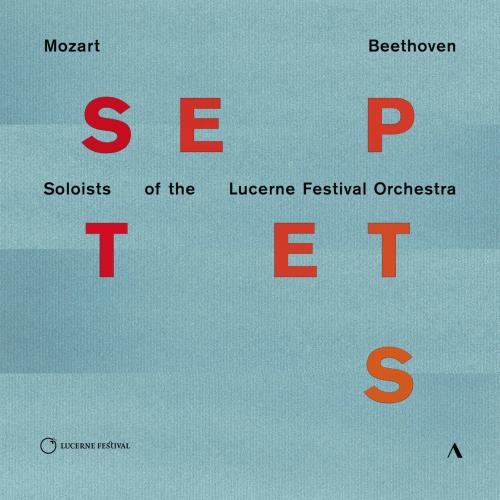
Mozart & Beethoven: Septets Soloists of the Lucrene Festival Orchestra
Album info
Album-Release:
2020
HRA-Release:
12.02.2021
Label: Accentus Music
Genre: Classical
Subgenre: Chamber Music
Artist: Soloists of the Lucrene Festival Orchestra
Composer: Wolfgang Amadeus Mozart (1756–1791), Ludwig van Beethoven (1770–1827)
Album including Album cover Booklet (PDF)
- Wolfgang Amadeus Mozart (1756 - 1791): Mozart: Divertimento in D Major, K. 251 "Nannerl Septet":
- 1 Mozart: Divertimento in D Major, K. 251 "Nannerl Septet": I. Molto allegro 04:48
- 2 Mozart: Divertimento in D Major, K. 251 "Nannerl Septet": II. Menuetto 03:38
- 3 Mozart: Divertimento in D Major, K. 251 "Nannerl Septet": III. Andantino 03:56
- 4 Mozart: Divertimento in D Major, K. 251 "Nannerl Septet": IV. Menuetto. Tema con variazioni 04:06
- 5 Mozart: Divertimento in D Major, K. 251 "Nannerl Septet": V. Rondo. Allegro assai 05:27
- 6 Mozart: Divertimento in D Major, K. 251 "Nannerl Septet": VI. Marcia alla francese 01:37
- Ludwig van Beethoven (1770 - 1827): Beethoven: Septet in E-Flat Major, Op. 20:
- 7 Beethoven: Septet in E-Flat Major, Op. 20: I. Adagio - Allegro con brio 10:18
- 8 Beethoven: Septet in E-Flat Major, Op. 20: II. Adagio cantabile 08:05
- 9 Beethoven: Septet in E-Flat Major, Op. 20: III. Tempo di minuetto 03:04
- 10 Beethoven: Septet in E-Flat Major, Op. 20: IV. Tema. Andante von variazioni 07:06
- 11 Beethoven: Septet in E-Flat Major, Op. 20: V. Scherzo. Allegro molto e vivace 03:12
- 12 Beethoven: Septet in E-Flat Major, Op. 20: VI. Andante con moto alla marcia - Presto 07:29
Info for Mozart & Beethoven: Septets
Beethoven’s radiant and entertaining septet combines logic with catchiness and offers a spiritual musical conversation. And it is in this discipline that the soloists of the Lucerne Festival Orchestra, who are dedicated to making music in friendship, are masters.
How did Ludwig van Beethoven become a great symphonist? A milestone on his way there is marked by the Septet, which he composed in 1799, on the threshold of a new century, for this large-scale chamber work, with its mixed instrumentation of winds and strings, already assembles an orchestra “en miniature”. At the same time, however, Beethoven thus founded a new genre of ensemble music, which was to be followed by numerous composers from Franz Schubert to Johannes Brahms and Jean Françaix with nonets, octets, sextets or quintets.
They also prove this in the Nannerl Septet, which Wolfgang Amadeus Mozart probably created in 1776 for the name day of his sister Maria Anna: artfully playful music of the best festive and champagne mood.
Soloists of the Lucerne Festival Orchestra:
Lucas Macías Navarro, oboe (Mozart)
Vicente Alberola, clarinet (Beethoven)
Matthias Racz, bassoon (Beethoven)
Stefan Dohr, horn
Jonathan Wegloop, horn (Mozart)
Gregory Ahss, violin (Mozart)
Korbinian Altenberger, violin (Mozart)
Raphael Christ, violin (Beethoven)
Wolfram Christ, viola
Jens Peter Maintz, cello (Beethoven)
Rick Stotijn, double bass
The Lucerne Festival Orchestra
is an ensemble that brings together internationally acclaimed soloists, chamber musicians, and music teachers, as well as members of the Mahler Chamber Orchestra and the Filarmonica della Scala who exclusively perform works of the symphonic repertoire in this configuration.
Since its founding in the summer of 2003, the first chair-principals who have played and/or continue to play together include such artists as the violinist Kolja Blacher; the violists Wolfram Christ and Antoine Tamestit; the cellists Jens Peter Maintz, Natalia Gutman, and Julian Steckel; the flutists Jacques Zoon and Emmanuel Pahud; the clarinetists Sabine Meyer and Alessandro Carbonare; the oboists Lucas Macías Navarro and Albrecht Mayer; the horn players Alessio Allegrini and Ivo Gass; the trumpeter Reinhold Friedrich; the trombonist Jörgen van Rijen; the timpanist Raymond Curfs; as well as the members of the Sabine Meyer Wind Ensemble and of the Alban Berg, Hagen, and Leipzig String Quartets. And the list goes on and on …
Booklet for Mozart & Beethoven: Septets

